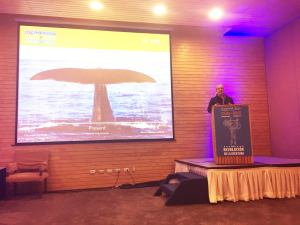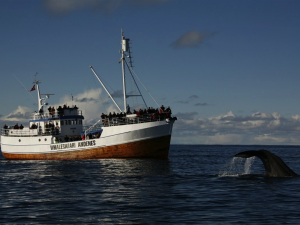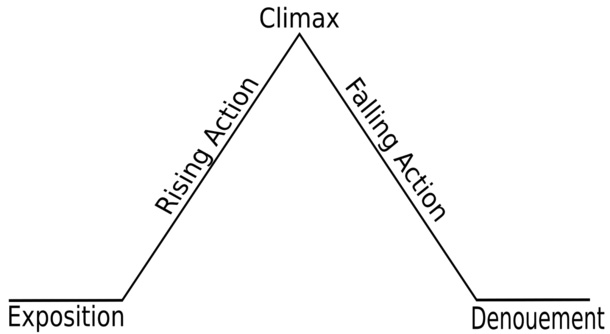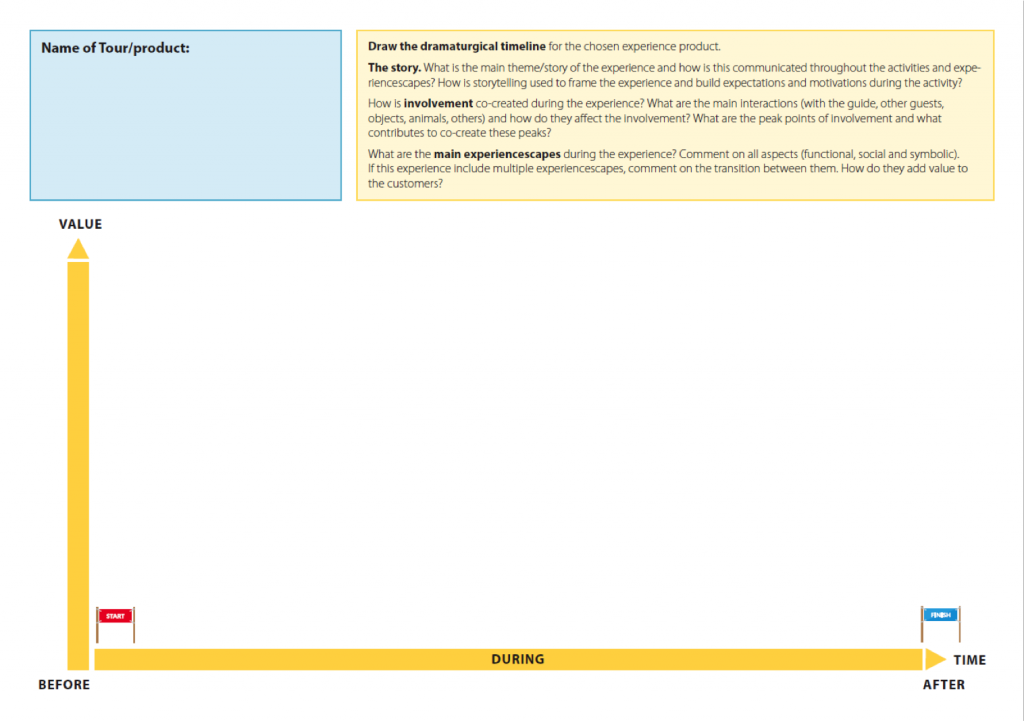
They call her “Dr. Goosebump” because she knows what people want when they travel. Ann Heidi Hansen is an expert in immersive traveler experiences, especially during nature-based excursions. After receiving her PhD she took her research to Northern Norway, a place far away from Europe’s big markets -- both hard to get to and located in one of the most expensive countries in the world. The region had to innovate their service or no one would bother coming. Enter Dr. Goosebump and several billion dollars in research money. The Northern Insights Research Program, led by Hansen, dug deep to come up with an academic approach to both defining “consumer experiences” and training a region to excel at creating them.
The result was a journal article called “A Multi-Relational Approach for Understanding Consumer Experiences within Tourism.” But a more practical result was a session Hansen presented at the 2015 Adventure Travel World Summit called “Designing Travel Experiences” -- a how-to for operators and destinations wanting to send guests home with a serious case of goosebumps.
Older models of customer experiences assume that humans are rational processors of information. But Hansen recognized that humans are relational and dynamic. Meaning your guest might be thinking about an elderly parent in the hospital while he’s physically engaged in an activity with your company. How can you immerse someone in an experience when his mind is somewhere else?

In Hansen’s model, a travel experience is a co-creation between the designer and the user that takes into account some of the ways humans relate to the world around them:
- In Body: This is the physical experience that engages all the senses, the hands-on skills and involvement the experience has to offer
- In Context: A travel experience has to be placed in the proper physical, cultural and social context; if something about the experience is unfamiliar, more context is needed
- In Interaction: People carry their whole lives with them when they travel; think of how that can affect interactions with guides, other guests, animals, objects, even themselves
- In Time: Keep guests in the present, by helping them ignore the past and not worry about the future
Even the most adventurous traveler is uncomfortable when he or she doesn’t know what’s going to happen next, so you need to give them a frame for the experience with a clear start and stop, says Hansen. This is where a practical seminar for tour operators turns into a literature class.
Students of drama and creative writing will be familiar with Freytag’s Triangle, a visual representation of dramatic structure. The highest point of the triangle is the climax of the story. In Hansen’s toolkit for designing great travel experiences, she handed each member of the audience a sheet of paper on which to graph a travel experience. On one axis is time and on the other is value. Plan where the climax will be, she instructed, and then you can work on what the steps are going to be leading up to that peak of the experience and also figure out how to get down from there.
She used the example of a whale safari off the coast in Arctic Norway. Obviously the climax of that experience would be actually spotting the whales, but in order for that to be the best climax it could possibly be, the guests need framing and education about the whales so they know how meaningful the sightings are when they finally get there. And what if they don’t see any whales? The whale safari in the example uses hydrophones on the ships, so when the group gets out to sea they can listen to the whales underwater. For some guests listening to whales sing is just as magical as seeing a fluke emerge from the water.
In order for guests to be fully immersed in a travel experience, their basic needs should be met. Something as simple as a full bladder or cold fingers can ruin an encounter with nature that could otherwise be one of the most memorable experiences of a traveler’s life. Hansen made sure the audience understood that attention to detail and clear instructions and expectations from smart, capable guides with a strong sense of narrative and a gift for storytelling are all important components of designing great travel experiences. It may seem obvious, but operators who get bogged down in logistics and don’t take the time to carefully design these experiences simply won’t have as valuable a product as those who do.


